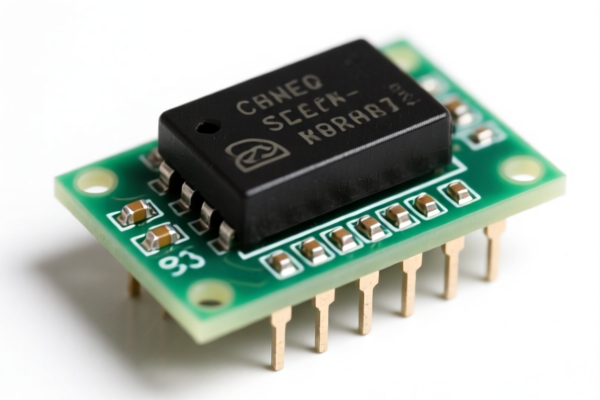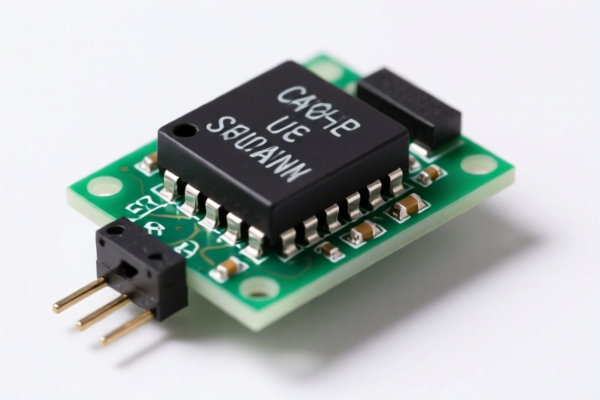| HS Code | Official Doc | Tariff Rate | Origin | Destination | Effective Date |
|---|---|---|---|---|---|
| 8504409510 | Doc | 55.0% | CN | US | 2025-05-12 |
| 8504409520 | Doc | 55.0% | CN | US | 2025-05-12 |




Rectifier
A rectifier is an electrical device that converts alternating current (AC), which periodically reverses direction, to direct current (DC), which flows in only one direction. The process is known as rectification.
Material
Rectifiers are constructed using semiconductor diodes, though historically vacuum tubes and electromechanical switches were also used. Modern rectifiers almost exclusively employ solid-state diodes, typically made of silicon, though germanium and other semiconductor materials can be used for specific applications. Other components used in rectifier circuits include transformers, capacitors, and resistors.
Purpose
The primary purpose of a rectifier is to provide a DC power supply from an AC source. DC power is essential for powering most electronic devices, as many components require a constant polarity for operation.
Function
Rectification achieves the conversion from AC to DC by allowing current to flow in only one direction. Diodes act as one-way valves for electrical current. An AC signal alternates between positive and negative voltages. A rectifier circuit utilizes diodes to block the negative portion of the AC waveform, allowing only the positive (or negative, depending on the circuit configuration) portion to pass through, resulting in a pulsating DC output. Filtering components, such as capacitors, are often added to smooth the pulsating DC into a more stable, continuous DC voltage.
Usage Scenarios
Rectifiers are found in a vast range of applications, including:
- Power Supplies: Inside electronic devices (computers, televisions, mobile phone chargers) to convert mains AC power to the DC voltages required by the internal circuitry.
- Battery Chargers: To convert AC power to DC for charging batteries.
- DC Motor Drives: To provide DC power to control the speed and direction of DC motors.
- Welding: Used in welding power supplies to provide the necessary DC current.
- High-Voltage DC Transmission (HVDC): Large-scale rectifiers are used to convert AC to DC for efficient long-distance power transmission.
- Electroplating: To provide a DC current for the electroplating process.
Common Types
Several types of rectifier circuits exist, each with its own characteristics:
- Half-Wave Rectifier: The simplest type, allowing only one half of the AC waveform to pass. Inefficient and produces a highly pulsating DC output.
- Full-Wave Rectifier: Utilizes both halves of the AC waveform, resulting in a more efficient and smoother DC output than a half-wave rectifier. Two main configurations exist:
- Center-Tapped Full-Wave Rectifier: Requires a transformer with a center tap.
- Bridge Rectifier: Uses four diodes arranged in a bridge configuration. More common due to not requiring a center-tapped transformer.
- Three-Phase Rectifier: Used with three-phase AC power, providing a much smoother DC output than single-phase rectifiers. Common in industrial applications.
- Controlled Rectifier (SCR Rectifier): Uses Silicon Controlled Rectifiers (SCRs) to control the output voltage. Allows for adjustable DC output voltage.
Electrical rectifiers fall under the category of static converters, which are components used to convert electrical power. Based on the provided information, the applicable HS codes depend on the power output of the rectifier.
Here are the relevant HS codes:
-
8504409510: This HS code covers electrical rectifiers classified as static converters, specifically 'Other Rectifiers and rectifying apparatus' with a power output not exceeding 50 W. The breakdown is as follows:
- 85: Electrical machinery and equipment and parts thereof.
- 04: Electrical transformers, static converters and inductors; parts thereof.
- 40: Static converters.
- 95: Other Rectifiers and rectifying apparatus.
- 10: Power supplies not exceeding 50W.
- The total tax rate for this HS code is 55.0%, comprised of a 0.0% base tariff and a 25.0% additional tariff, increasing to 30% after April 2, 2025.
-
8504409520: This HS code covers electrical rectifiers classified as static converters, specifically 'Other Rectifiers and rectifying apparatus' with a power output exceeding 50 W but not exceeding 150 W. The breakdown is as follows:
- 85: Electrical machinery and equipment and parts thereof.
- 04: Electrical transformers, static converters and inductors; parts thereof.
- 40: Static converters.
- 95: Other Rectifiers and rectifying apparatus.
- 20: Power supplies exceeding 50W but not exceeding 150W.
- The total tax rate for this HS code is 55.0%, comprised of a 0.0% base tariff and a 25.0% additional tariff, increasing to 30% after April 2, 2025.
It is important to accurately determine the power output of the rectifier to ensure correct HS code classification. Both HS codes currently have a total tax rate of 55.0%, but this will change to 60.0% after April 2, 2025.
Customer Reviews
No reviews yet.